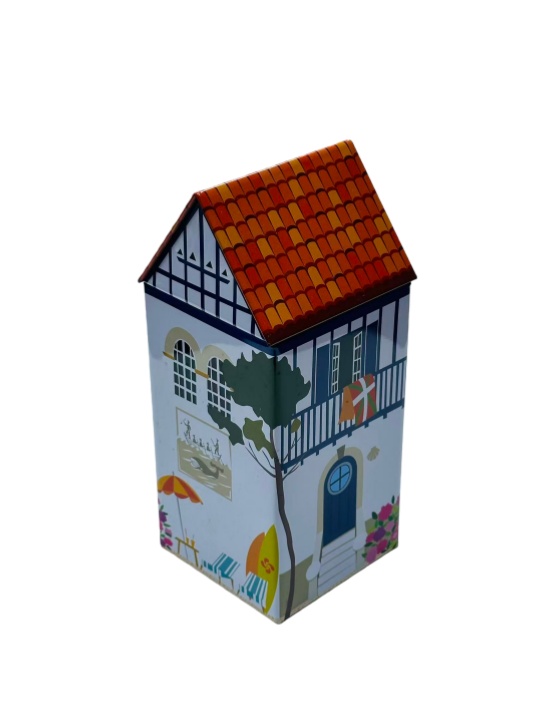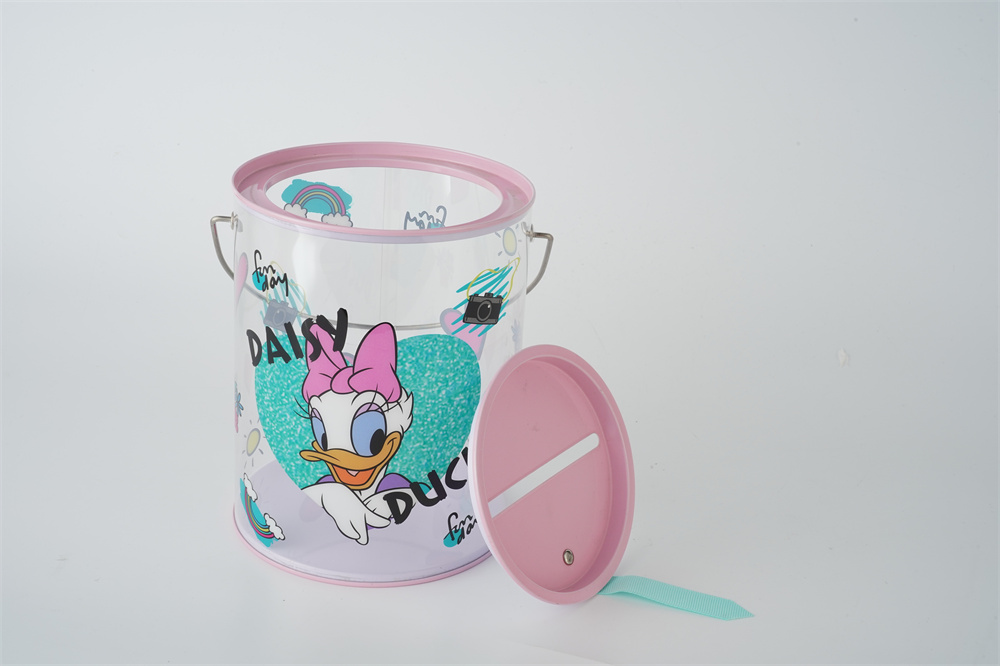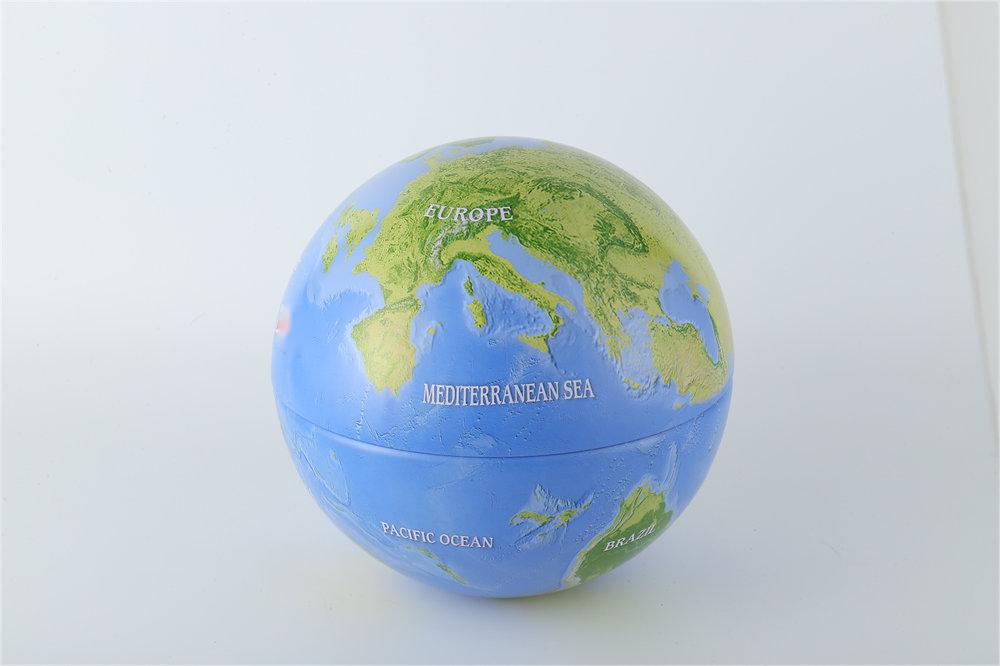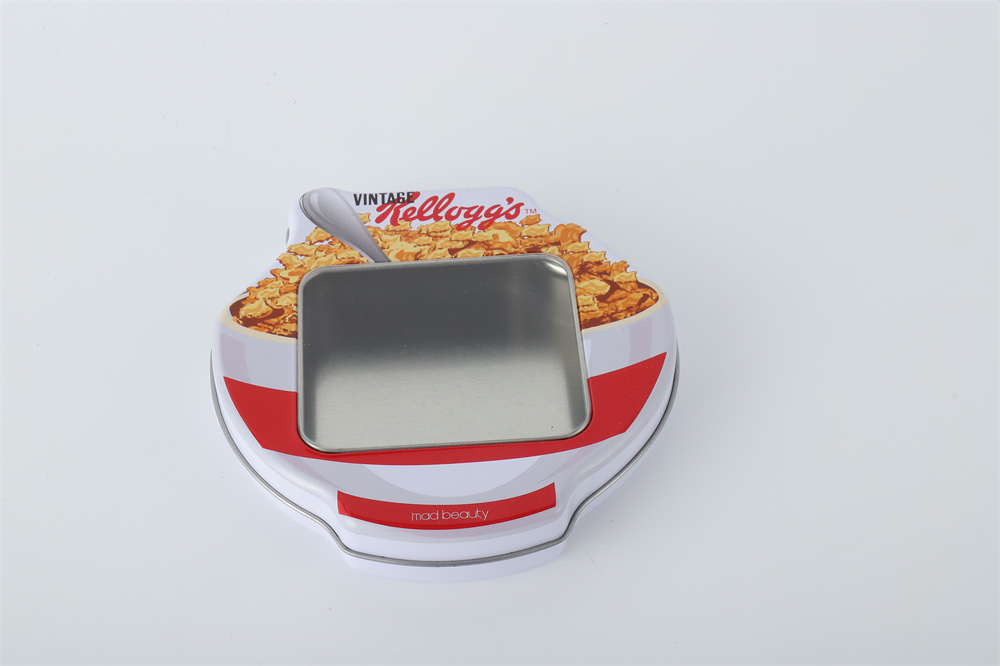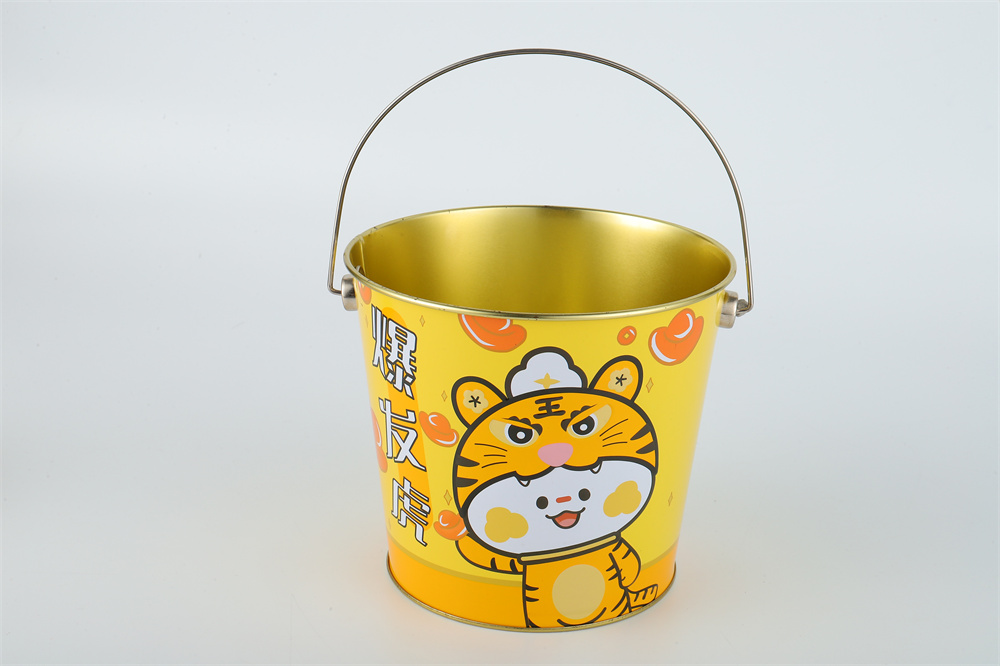Tinplate boxes and tin cans need to be printed on the tinplate before they are made, and then cut and stamped. Tinplate printing is commonly known as iron printing. It uses the physical properties of water and ink to repel each other, and with the help of printing pressure, the printing plate is transferred through the blanket. Printing on tinplate belongs to the principle of lithographic offset printing. Because tinplate has special physical and chemical properties and the reprocessing function of printed matter, its printing process is quite different from ordinary offset printing. Iron printing production line is generally composed of feeding device, offset printing unit, coating unit, drying room and receiving device and other equipment. The process characteristics and requirements of each process are as follows:
Tinplate printing
一. Printing oil
Packaging containers made of tinplate, according to the characteristics of the contents, generally need to be coated with some kind of paint, commonly known as gold oil or glossy oil , on the inside and outside of the container to prevent the contents from corroding the tank and the tank. The content is free from contamination, which is conducive to long-term storage. For candy boxes, in order to avoid curling, exposed iron scratches and rust after post-processing, it is also necessary to apply a layer of decorative paint to increase the appearance. The function of the inner coating of food cans must not only have corrosion resistance, excellent adhesion, flexibility, non-toxic, odorless, and meet food hygiene and safety requirements, but also must have post-processing heating capabilities such as high-frequency welding, and local high-temperature heating of internal repair coatings. , Canned and steamed at 121 ℃ high temperature, no fading, no falling off. Optical function internal coating generally includes phenolic resin coating, epoxy phenolic resin coating, acrylic resin coating, etc. Aluminum powder coating, etc., the type and thickness of the inner coating are generally selected according to the characteristics of the content.
二 . Printing white (white ink) or painting white (white porcelain)
1. Printed white, with iron penetration, can see metal lines. Because tinplate cans are generally printed first, and then cans are made, and cans need to go through processes such as bending, stretching, welding, flanging, and seaming. It is required to have sufficient adhesion to avoid deformation, cracking, or even falling off of the tinplate during the processing and forming of the coating film and ink layer, because the adhesion between the ink and the tinplate is not very ideal, so it needs to be used in both A layer of paint (ie, primer) is printed between them, that is, a white background process, to improve adhesion. Printing white has the following requirements for ink:
①, good transparency, little yellowing after drying and forming a film, and can not cover the metal texture;
②, good leveling, heat curing and flexibility;
③satisfactory for ink Affinity, good adhesion to various iron sheets.
2. Painted white, compared with printed white, it is impermeable to iron. It can make the picture clearer, brighter, fuller and whiter. The commonly used raw material is Bai Ke Ding, which has the following advantages:
①. It is not easy to turn yellow after several times of baking in the drying room.
②. Because the thickness of white coating is 3-4 times thicker than that of white ink, it has better whiteness and fullness than white ink, and it is smooth and smooth with sufficient luster.
③. Because the film-forming substances in white codine are generally polymers, they can't be corroded by various varnishes.
三 . Plate making
1. In metal sheet printing, because of the non-absorbency of the substrate tinplate and the hardness of the iron sheet, the deformation of the dots is more obvious than that of paper during printing, especially in the dark and central areas. The plate making of iron printing is the same as other plate making methods, and there are special requirements for tinplate printing features。
2. After the tinplate is printed, it needs to be processed and formed, so when imposing, it is necessary to reserve processing parts such as ballast edges to ensure that after processing and forming, the deletion of text and graphics does not violate the center,
3. All welded and formed products are sprayed according to common sense There should be no graphics, different color points, etc. on the edge of the printing plate to ensure the needs of subsequent welding.


